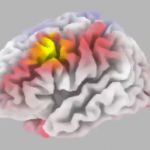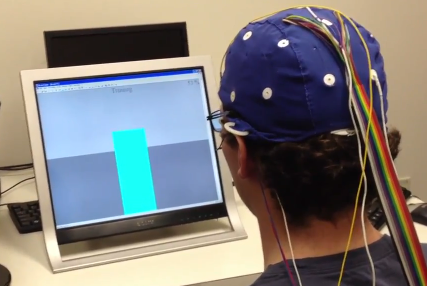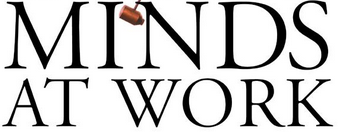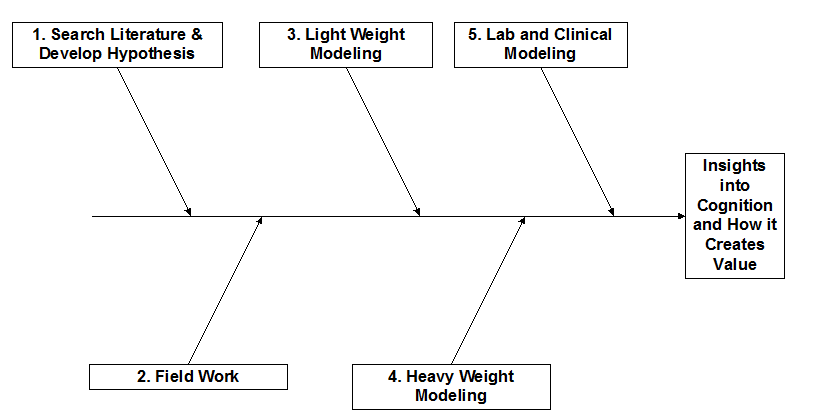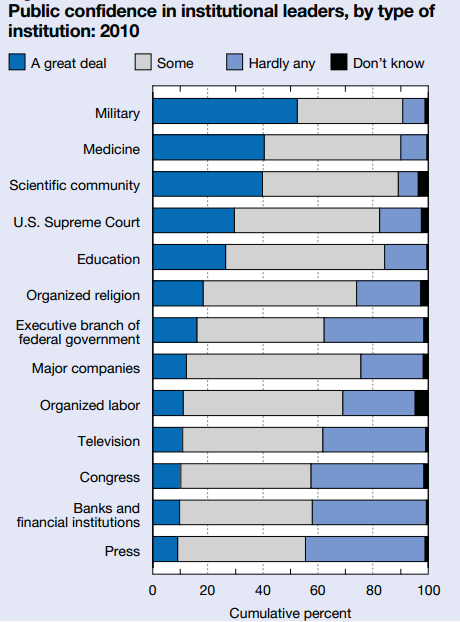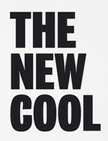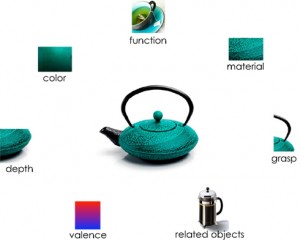Cognition in the Wild is Messy and Contradictory
Friday, September 7th, 2012Much of the value that is generated in advanced economies comes from knowledge work and emotional labor. Learning, problem solving, innovating, empathizing and emotional control is what we are getting paid for. This puts a premium on understanding how people think-and-feel as they work, use products and experience services. Studying how minds work and using the results to improve knowledge productivity and customer experience is starting to come into vogue.
 One surprise those new to the field often get is how messy real thinking is. When you study how people actually reason in the wild (real world setting outside of a laboratory) you find they can pull on a set of beliefs that are contradictory and strategies that are far from logical and sometimes not even in their best interest. Naturalistic reasoning is very messy.
One surprise those new to the field often get is how messy real thinking is. When you study how people actually reason in the wild (real world setting outside of a laboratory) you find they can pull on a set of beliefs that are contradictory and strategies that are far from logical and sometimes not even in their best interest. Naturalistic reasoning is very messy.
This is especially obvious when people grapple with so-called existential questions about the nature of life, illness and death. A recent psychological study found that when dealing with such questions more than 50% of subjects (ages 5-75 ) mixed scientific (biological) and supernatural explanations to develop answers. For example:
Among the adult participants, only 26 percent believed the illness could be caused by either biology or witchcraft. And 38 percent split biological and scientific explanations into one theory. For example: “Witchcraft, which is mixed with evil spirits, and unprotected sex caused AIDS.” However, 57 percent combined both witchcraft and biological explanations. For example: “A witch can put an HIV-infected person in your path.”
We normally take superstition, science and religion to offer mutually exclusive modes of explanation. Yet they are being mixed together in naturalist reasoning on basic questions. This happens in other context too including the workplace. Cognitive designers must embrace this messiness. That is where the insights are.
